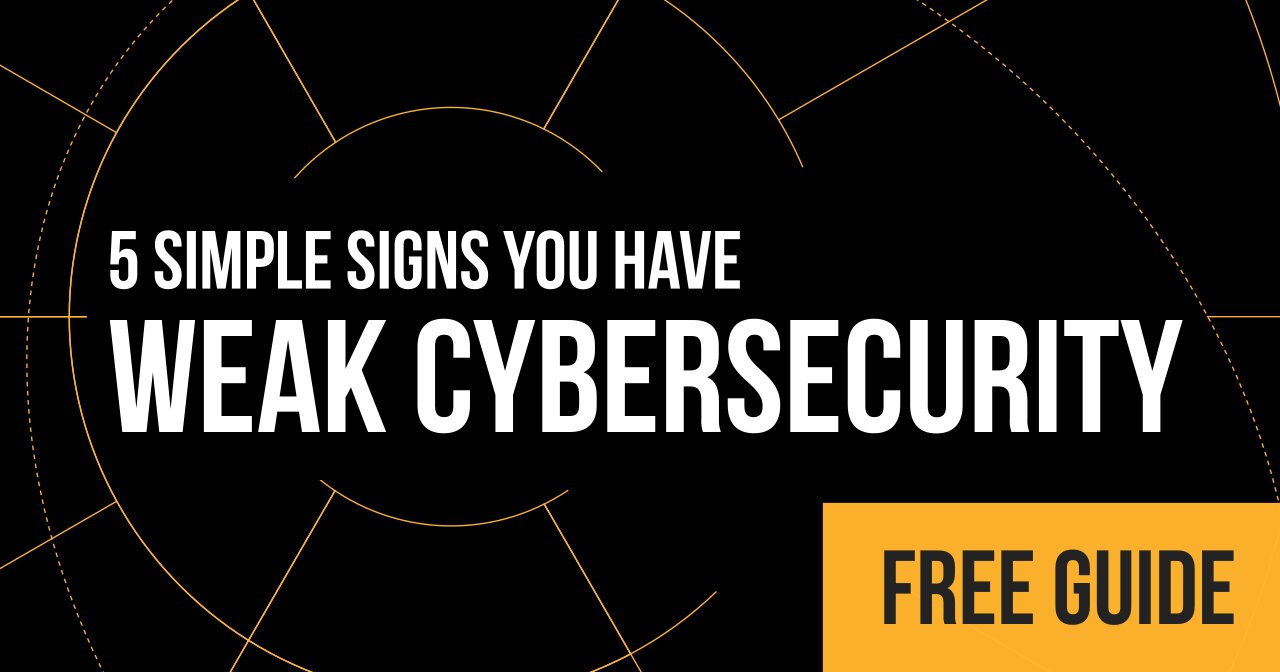 HAPPY NEW YEAR! Well, maybe not quite yet, but in just a few short weeks 2024 will start.
HAPPY NEW YEAR! Well, maybe not quite yet, but in just a few short weeks 2024 will start.
Are you ready?
Cybersecurity may not be the first thing to come to mind when you think about the new year, but a successful, secure year starts now. As you’re thinking about goals and plans for the new year, here’s what experts say cybersecurity needs to address in the coming year:
AI driven attacks: They’re going to increase, with hackers using it to do the following:
- Rapidly develop new malware and ransomware variants
- Apply deep fake techs to phishing and impersonation attacks
- Create automated malware that intelligently adapts to evade detection
- Evade security measures
- Personalize social engineering attacks
Changes in standards: Data privacy regulations and compliance requirements will be revised, updated, and changed.
- Failing to keep up with these changes can lead to costly penalties and reputational damage.
- An annual review of your cyber stack allows you to ensure that your security measures align with the latest regulatory standards.
Hacker’s developing new threats: Yes, new vulnerabilities will be discovered.
- Cybercriminals stay current with the latest tools and strategies for hacking, which is why you need to stay current to protect your clients.
- Without regular updates and patches, your cyber stack could become a weak link in your security chain.
- Annual updates provide an opportunity to identify and remediate vulnerabilities in your systems and applications, reducing the risk of exploitation.
Cybersecurity solutions are not one size fits all. They must be tailored to your organization's unique risk tolerance and specific challenges, which is why a personalized approach to cybersecurity is essential. It’s time to prepare for the coming year by aligning your security measures with your risk profile.
A good way to start?
Begin by conducting a comprehensive risk assessment to identify your unique challenges. This assessment should consider factors such as your industry, the sensitivity of your data, your geographic location, and your compliance requirements.
Next, think about your risk tolerance.
Every organization has a different risk tolerance, reflecting its willingness to accept certain levels of risk in pursuit of its business objectives. Your risk tolerance is influenced by various factors, including your industry's regulatory environment, your organization's strategic goals, and your willingness to invest in cybersecurity measures.
For example, a financial institution may have a low risk tolerance due to the high stakes associated with financial transactions and sensitive customer data. Conversely, a startup company in a less regulated industry might have a higher risk tolerance, prioritizing agility and cost-effectiveness over extensive security measures.
Understanding your risk tolerance is crucial because it guides the decisions you make regarding cybersecurity investments and strategies. A risk-averse organization may choose to invest heavily in security measures, while a more risk-tolerant organization may opt for a more balanced approach.
So, how do you tailor your cybersecurity stack?
Once you have a clear understanding of your organization's unique cyber risks and risk tolerance, you can begin to tailor your cybersecurity stack accordingly. Here are some key considerations for customizing your security measures:
- Prioritize Security Investments: Allocate your cybersecurity budget based on your risk assessment and risk tolerance. Focus on addressing the most critical vulnerabilities and threats that pose the greatest risk to your organization.
- Select Appropriate Security Solutions: Choose cybersecurity solutions that align with your risk profile. For example, a high-risk organization may opt for advanced threat detection and response tools, while a lower-risk organization might focus on foundational security measures.
- Implement Access Controls: Define and enforce access controls that restrict user permissions based on their roles and responsibilities. This helps minimize the risk of insider threats and unauthorized access to sensitive data.
- Develop Incident Response Plans: Create detailed incident response plans tailored to your organization's specific risks. Ensure that your team knows how to respond effectively to security incidents, reducing potential damage and downtime.
- Regular Training and Awareness: Invest in cybersecurity training and awareness programs that address the specific threats and challenges relevant to your organization. Informed employees are a valuable asset in your security strategy.
Take Action: Assess Your Cybersecurity Risk
So, you know the importance of a customized approach to cybersecurity. Are you ready to let your organization's risk tolerance and risk profile drive your cybersecurity strategy and investments?
To ensure that your cybersecurity stack is well-aligned with your unique needs, take action:
- Schedule a Cybersecurity Risk Assessment: Our team of cybersecurity experts is ready to help you assess your organization's cyber risks and develop a tailored security strategy. By conducting a comprehensive risk assessment, we can identify vulnerabilities, prioritize risks, and recommend appropriate security measures to protect your organization effectively.
It’s almost 2024. Are you ready?



